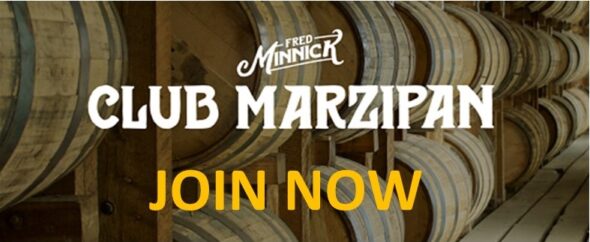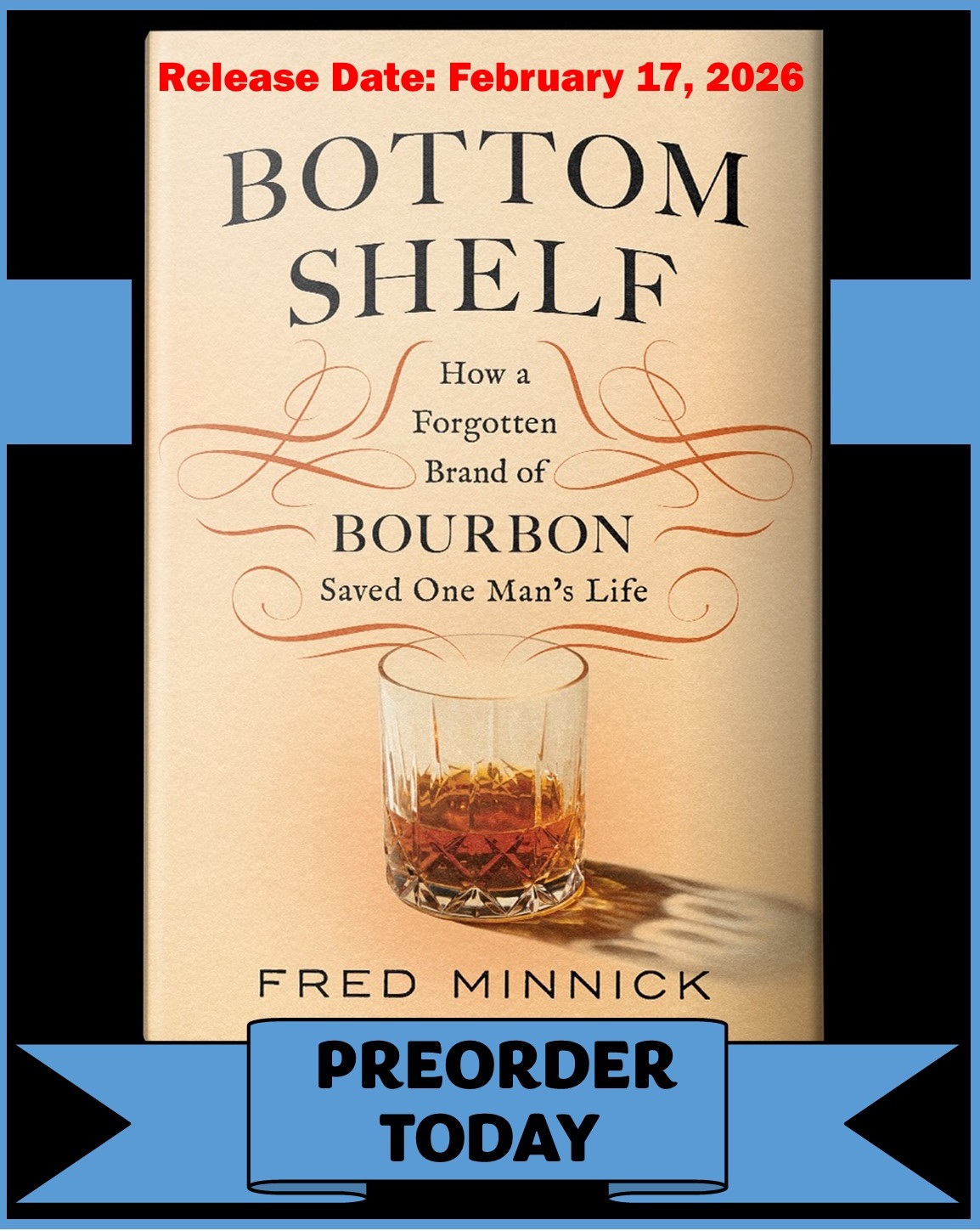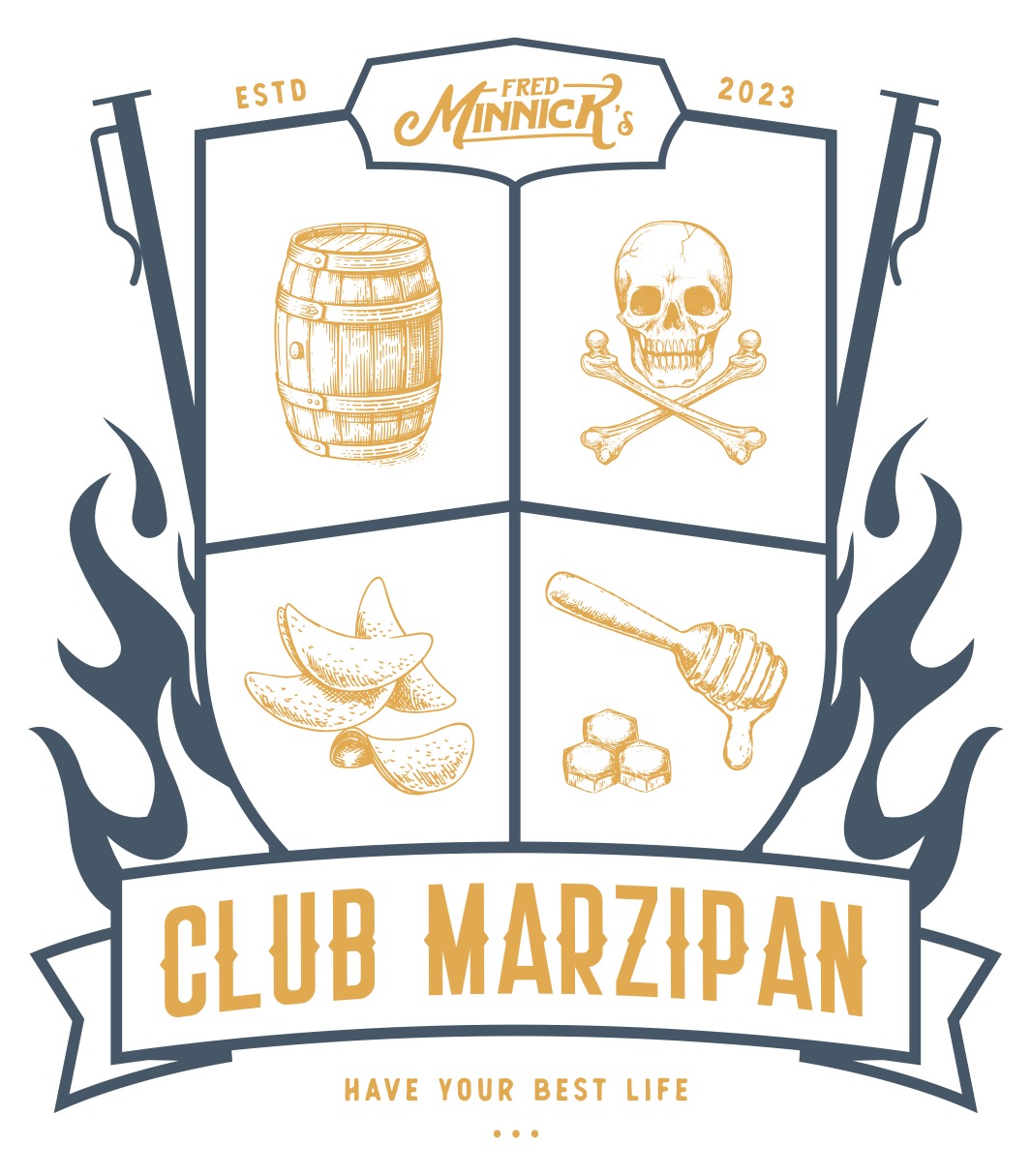Will Age Statements Help Canadian Whisky Rise in the U.S.?
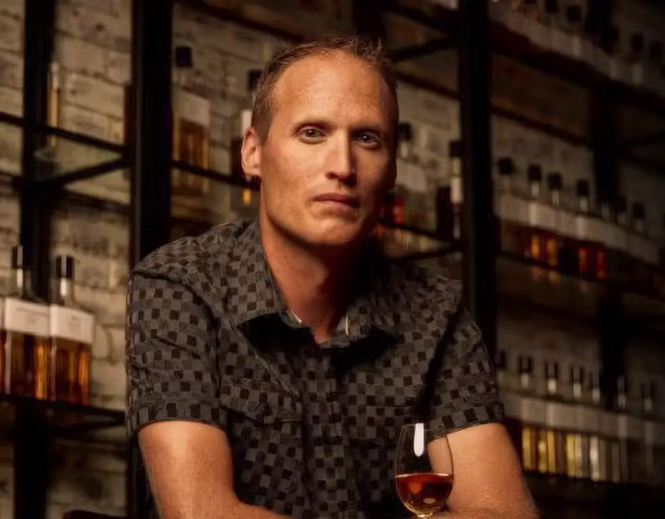
For an American whiskey, 15 years would be considered a ripe, old age. Ontario’s J.P. Wiser recently released a 42-year-old Canadian whisky.
A bourbon lover might immediately fear an over-aged oak bomb, but the 104-proof Canadian whisky drinks, well, much like a 15-year-old American whiskey might. With Canadian whisky not yet finding a strong foothold with American palates, the first release in the distillery’s The Decades Series might be a good step in the right direction.
That was the plan when releasing the 42-year-old into the American market, according to J.P Wiser distiller Dr. Don Livermore (pictured). The key is the American quest for older, age-stated whiskeys. Let’s face it, a 42-year age statement is going to catch some eyes.
“You’ve got to think about what people are looking for nowadays,” Livermore said in an interview with FredMinnick.com. “Blending is beautiful. I’m seeing that blending is becoming bit of a buzzword. What I like about blending is that I can take bits of this and bits of that and sometimes you can make one thing shine through more.”
Livermore explained that while Canadian whisky and American whiskey are similar in that they tend to primarily made from corn, the methods are quite different. With bourbon, for example, distillers have a specific mashbill that is fermented and then distilled as one entity.
But with Canadian whisky, single grains can be distilled separately and then blended later. That gives someone like Livermore plenty of room for innovation and creativity. In addition, while a bourbon must by law age in new, charred oak, Canadian whisky, much like Irish whiskey, generally sits in barrels that once housed other spirits.
The fact the J.P. Wiser 42-year sat in ex-bourbon barrels for so long, and the fact it contains rye in the blend, is why it so closely resembles a bourbon. The key, Livermore said, is extraction.
He pointed out that brand new barrels will offer four to five times the wood extraction as a once-used barrel. Canadian whisky distillers, he said, will reuse barrels eight or nine times, with whiskeys moving from barrel to barrel during aging.
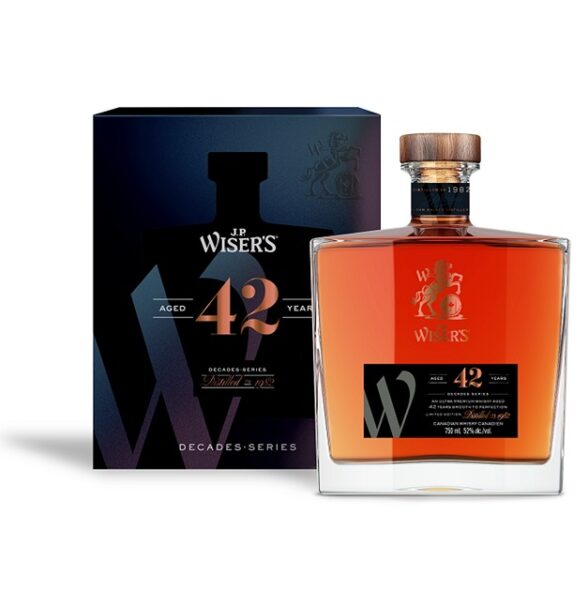
“That’s why it’s drinkable,” Livermore said. “This is why we can get some of these highly aged whiskys. It’s probably about the same extraction as a 12-year-old bourbon.”
And because of the flexibility in blending, being able to distill without a set mashbill, it makes it possible to end up with products like the 42-year, which is a tribute to the distillery’s founder.
“Can you tell me what you want to drink 10 years from now?” Livermore said. “When you’re able to isolate grains and distill it and keep it to the very end to make the recipe, it allows for innovation. We weren’t thinking about making a 42-year whisky 42 years ago.”
At the end of the day, of course, it’s about how good the end product tastes. For Livermore, the flavor profiles he evokes speak to the process and even to the distillery’s history. And if an age statement helps get whiskey to lips, then all the better.
“I want the whiskey to tell a story,” he said. “That’s what I try to achieve as a blender.”
-Kevin Gibson
Read more: J.P. Wiser’s Releases 42-Year Whisky in U.S.
